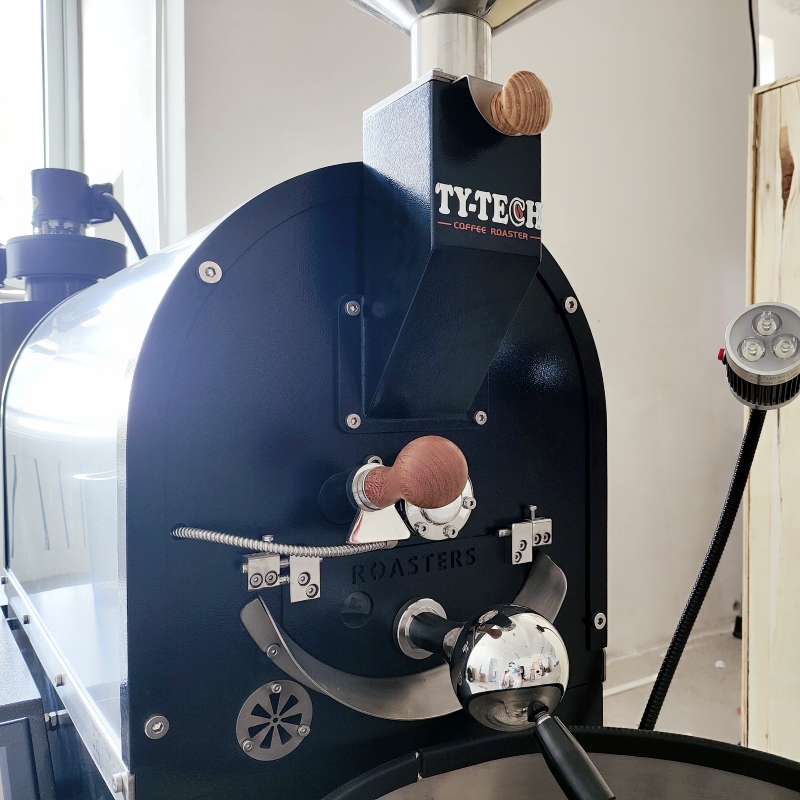The drum inside the roaster is the realm where the coffee bean’s transformation unfolds. It’s within the confines of this essential component that the beans undergo the crucial process of roasting. The type of drum used in a coffee roaster significantly influences your results.
drum roasters tend to be the most affordable option for many coffee roasters.
Drum roasters may also be a popular option because of the range of variables that can be used to control the roast.
Drum roasting tends to use three heat exchanges: conduction, convection, and radiant heat. Conduction helps with the development of the coffee, the caramelisation, and the final colour.
With drum roasting, the heat, airflow, and drum speed can be changed throughout the roast to manipulate the energy transfers.
Importance of Drum Material
In the world of coffee roaster drums, the material used is a critical factor that directly impacts the roasting process and final coffee character. The choice of drum material can influence heat distribution, heat retention, and overall thermal conductivity. For example:
Carbon Steel Drums: Carbon steel drums are a popular choice due to their durability and fast heating. They are excellent at retaining heat, leading to consistent roasting profiles. Carbon steel drums are also relatively easy to maintain, making them a favored material compared to copper drums, streamlining the coffee roasting process.
Cast Iron Drums: Cast iron drums are renowned for their exceptional heat retention properties. They maintain a stable temperature throughout the roasting process, ensuring even roasts. However, cast iron drums are heavy, which can make installation and maintenance more cumbersome, adding a layer of complexity to the coffee roasting process.




